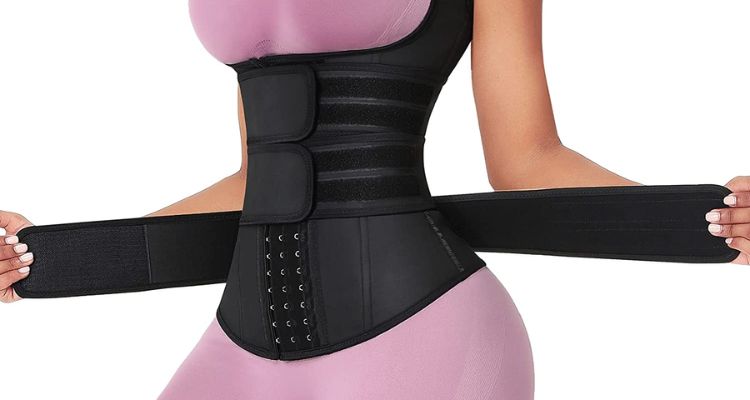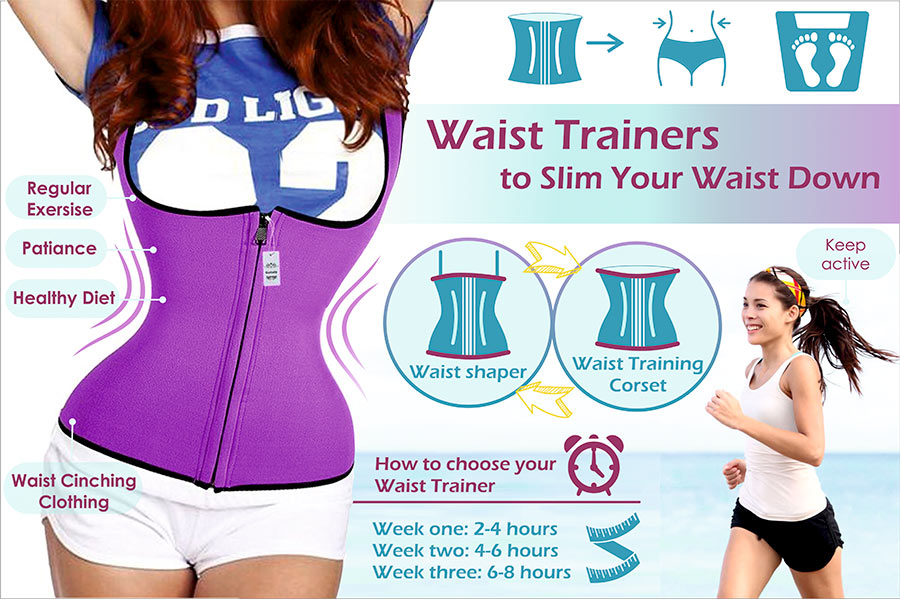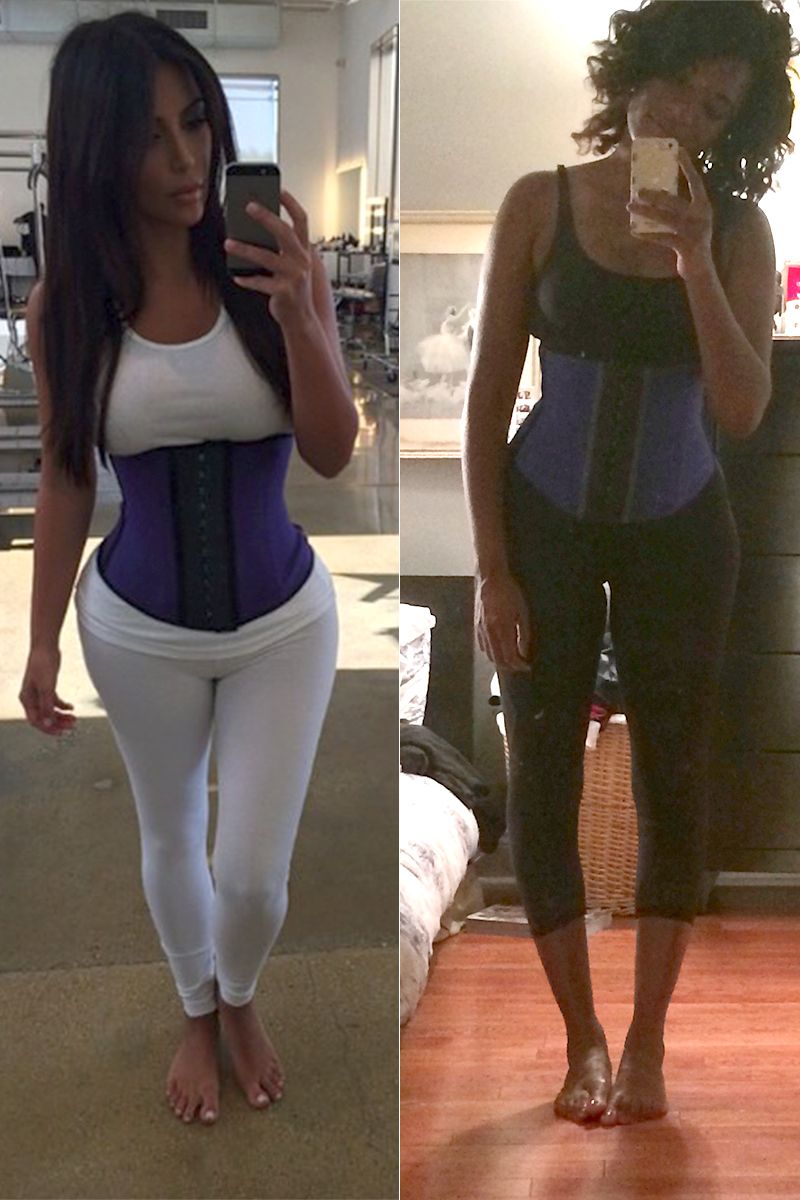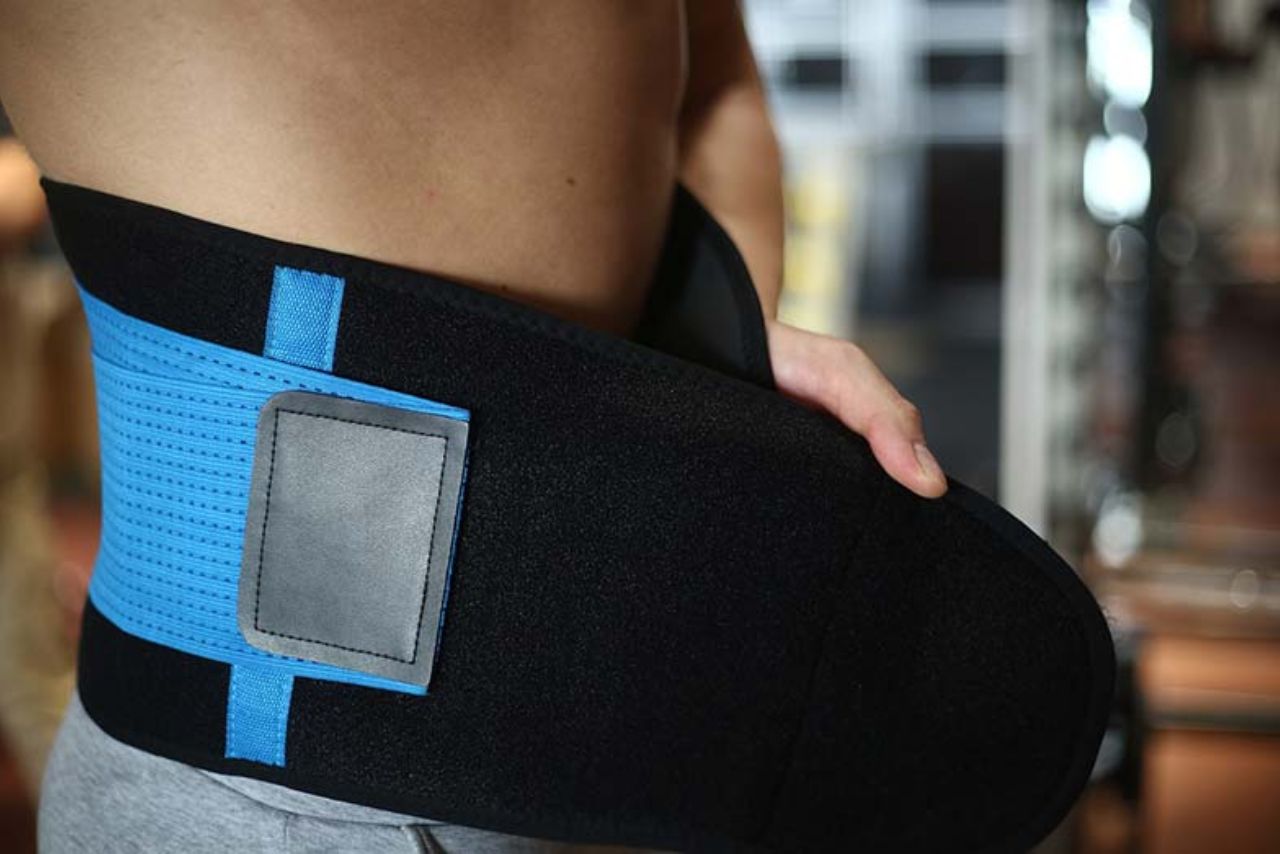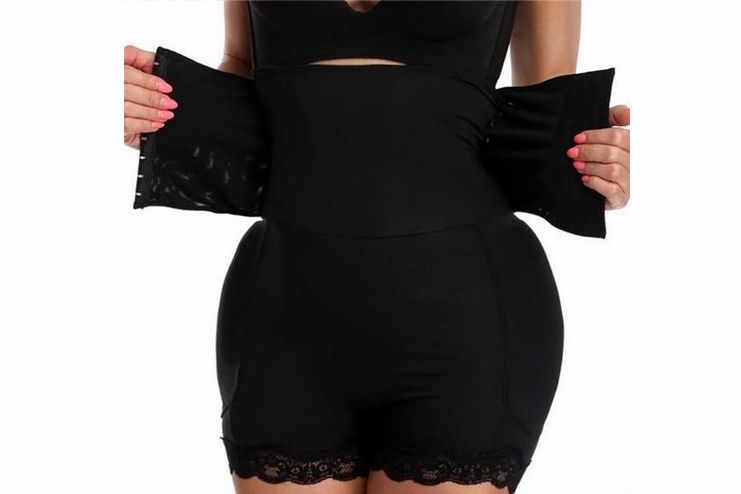Can I Sleep With Waist Trainer On

The quest for a streamlined silhouette has led many to explore waist trainers, but questions linger about their safety and efficacy, particularly when worn during sleep. Is it a harmless path to a smaller waistline, or a potential health hazard?
This article will explore the implications of sleeping with a waist trainer, consulting expert opinions and available data to provide a comprehensive overview.
Understanding Waist Trainers
Waist trainers are compression garments designed to be worn around the midsection, typically made from materials like latex or neoprene and featuring closures like hooks, Velcro, or laces. The goal is to create a temporary hourglass figure by compressing the torso.
While some claim they offer long-term waist reduction and improved posture, these claims are largely unsubstantiated by scientific evidence.
The Allure of Overnight Shaping
The idea of wearing a waist trainer while sleeping stems from the desire for continuous shaping. Believers hope to maximize its effects by extending the duration of wear.
However, medical professionals raise serious concerns about the potential risks involved.
Potential Risks of Sleeping with a Waist Trainer
Sleeping with a waist trainer poses several potential health risks. These concerns range from discomfort to more serious medical complications.
Respiratory Issues
One of the primary concerns is restricted breathing. The compression around the torso can inhibit the expansion of the lungs, potentially leading to shallow breathing and reduced oxygen intake during sleep.
This can exacerbate existing respiratory conditions like asthma or sleep apnea.
Circulation Problems
The tight constriction can also impede blood circulation. Impaired circulation can lead to numbness, tingling, and even blood clots in severe cases.
Proper blood flow is crucial for tissue repair and overall health, especially during sleep.
Digestive Discomfort
Waist trainers compress the stomach and intestines. This pressure can contribute to acid reflux, heartburn, and other digestive issues.
Lying down while wearing a waist trainer exacerbates these problems.
Skin Irritation and Infections
Prolonged wear, especially during sleep, can trap sweat and moisture against the skin. This creates a breeding ground for bacteria and fungi, leading to skin irritation, rashes, and even infections.
The constant friction can also cause chafing.
Muscle Weakness
Relying on a waist trainer for support can weaken core muscles over time. The muscles become less active as the garment takes over the support function.
This can lead to dependence on the waist trainer and decreased core strength.
Organ Damage
In extreme cases, prolonged and excessive compression can potentially damage internal organs. While rare, the consistent pressure can displace or compress organs.
This can disrupt their normal function.
Expert Opinions
Medical professionals overwhelmingly advise against sleeping with a waist trainer. Dr. Jane Smith, a board-certified physician, emphasizes that, "The risks far outweigh any potential benefits. There is no scientific evidence to support the claim that waist trainers permanently reshape the body."
According to the American Board of Cosmetic Surgery, there's no proof that waist trainers can dramatically change your figure.
Safe Alternatives
For those seeking to improve their physique, health experts recommend focusing on sustainable lifestyle changes. These include a balanced diet, regular exercise, and strength training.
These methods offer long-term health benefits and are scientifically proven to be effective.
The Psychological Aspect
The desire for quick fixes can often overshadow the importance of body positivity and self-acceptance. Focusing on overall health and well-being is far more beneficial than chasing unrealistic beauty standards.
Promoting a healthy body image is crucial for mental and physical wellness.
Conclusion
Based on expert opinions and potential health risks, sleeping with a waist trainer is not recommended. The temporary aesthetic benefits do not outweigh the potential for serious health complications.
Prioritizing a healthy lifestyle and seeking professional medical advice are the safest and most effective approaches to achieving your fitness goals.
Remember to always consult with a healthcare professional before starting any new fitness regimen or using any compression garments.

